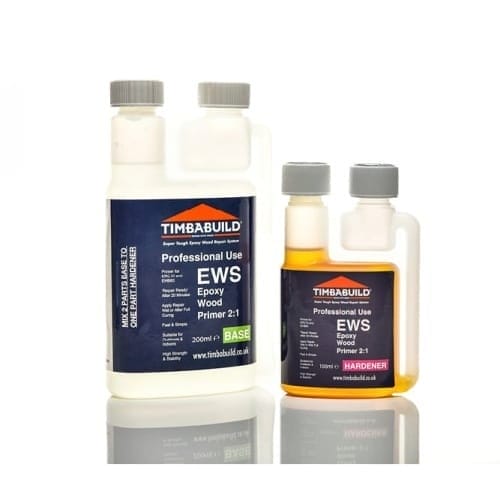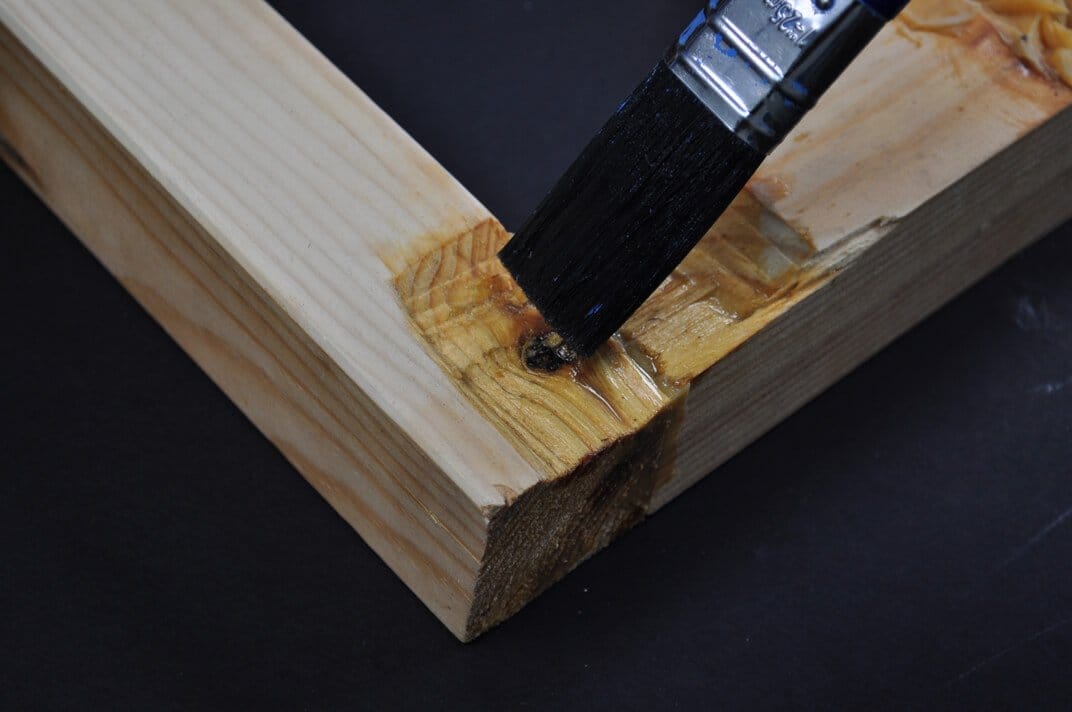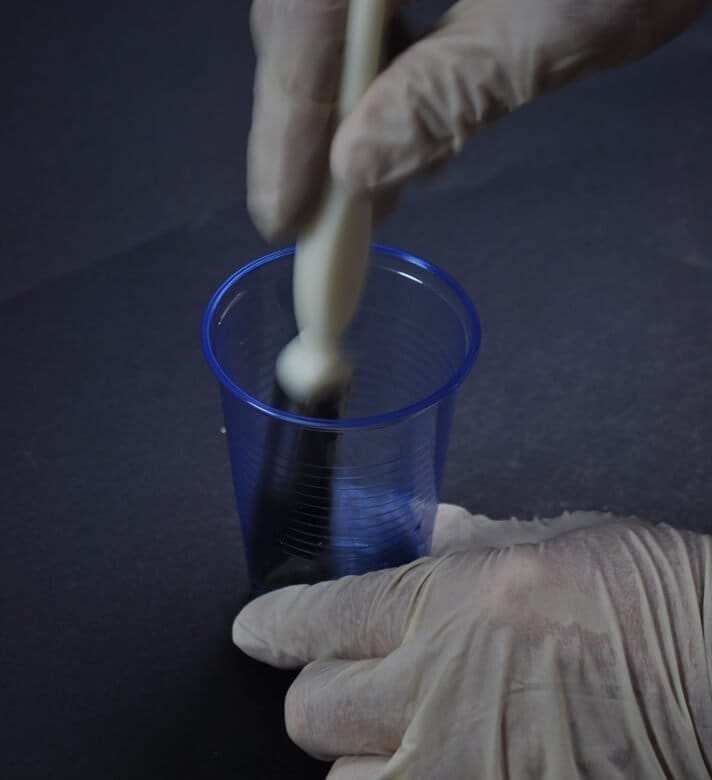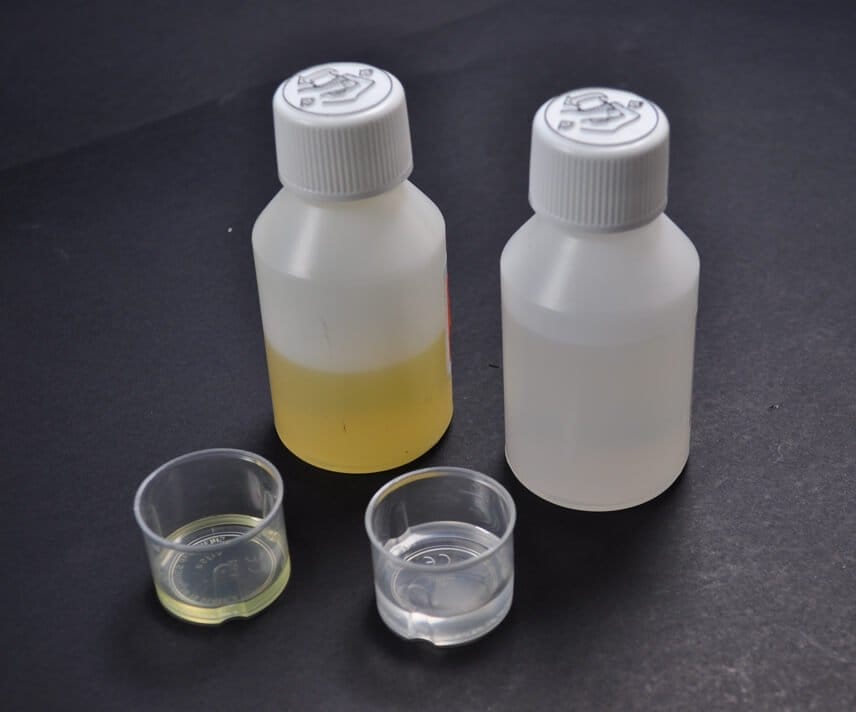Boiled Linseed Oil 1L
$17.60 ex GST
Description
Common Uses
– Restores and enhances natural wood.
– Penetrating surface sealer that Polishes, Varnishes, Lubricates & Protects.
– Slows down water penetration in wood in low-moisture areas.
– Used on wooden: Furniture, Doors, Floor Surfaces, Tool handles, Gun stocks.
– May be used as an additive in oil-base paints particularly artist’s colours to increase gloss.
– Commonly used as a polish to maintain oiled wood and natural finishes. A 40% Boiled Linseed Oil, 60% Mineral Turpentine blend wiped over indoor wooden furniture can enhance & improve its appearance. Repeat as needed every 6 – 8 weeks.
– Boiled Linseed Oil is treated with effective drying agents, which ensures quick drying time & reduces the possibility of a sticky finish. Raw Linseed Oil is mainly for outdoor use & Boiled Linseed Oil is mainly used indoors.
– Boiled Linseed Oil is not suitable to feed horses as it is solvent extracted and has drying agents added to it. Raw Linseed Oil is cold pressed and is suitable to feed horses.
– Provides a light golden stain for wood such as pine.
– Boiled Linseed Oil is excellent for finishing and maintaining wooden furniture and wood floors. Mixing Linseed Oil with Pure Turpentine (2/3 Linseed Oil to 1/3 Pure Turpentine) creates an “Oiled Finish” on fine furniture and wood panelling and a durable finish that does not need waxing. Linseed Oil penetrates into the wood and creates a water and alcohol resistant surface without altering the natural colour of the wood when dry.
– Traditional wood finish and preservative processed to dry faster than Raw Linseed Oil. May be used as an additive for oil-base paints particularly artist’s colours to increase gloss.
Possible uses for Linseed oil:
– Antique furniture refinishing
– To renew Shellac surfaces
– Untreated furniture
– Furniture polish
– Timber flooring
– Sticking doors and windows
– Drawers sticking
– Warping of timber in furniture
– Chrome fittings
– Brickwork
– Benches and blocks
– Wooden ladders
– Nails and screws
Linseed Oils
Linseed Oils are obtained from the seeds of the flax plant and it is one of the most useful natural oils. Before modern preservatives and synthetics, they were commonly used as a stand-alone preservative for wood, natural hemp rope, masonry, as a conditioner for natural boar’s hair paint brushes and as an additive for oil paints. It was also valuable as a furniture finish and for wood floors. The addition of solvents such as Mineral Turpentine speed Linseed Oil’s drying time, making the Linseed Oil less viscous and helping the mixture penetrate deeper into the timber, making it an even more useful product. Linseed Oil does not “dry” like water or turpentine. It does not evaporate or disappear, instead when spread in a thin layer and exposed to air, it gels to a soft finish. When rubbed into wood, it fills the pores with a thin protective film. It is used as a preservative for wood, concrete, and an ingredient in paints, varnishes, stains, soaps, and inks. Linseed Oil is a common carrier used in oil paint. It can also be used as a painting medium, making oil paints more fluid, transparent and glossy.
Which is the right Linseed Oil for the job: Raw or Boiled?
Raw Linseed Oil is oil squeezed from flax seed and packaged with no additional additives or preservatives. Raw Linseed Oil dries very slowly, taking weeks to fully cure. You should limit its use to the insides of wood gutters, chopping blocks, sawhorses, and other items exposed to the elements where drying time is not a consideration. Slow drying is a mixed blessing. For oil-based paints slow drying is a benefit, since this allows the paint to “level” itself, giving a smoother finish with fewer brush marks. The best looking paint jobs are invariably oil paint jobs. However, when used as a wood preservative for items that are handled or walked on, such as tool handles, furniture, or wood decks, long drying times are undesirable, so Boiled Linseed Oil should be used.
Boiled Linseed Oil is not boiled.
Although boiling of some oils changes their drying characteristics, with Linseed Oil it is the addition of certain solvents and driers that causes Linseed Oil to dry more quickly, acting as if it were boiled. This makes it a better product for preserving tool handles, decks, and furniture. Boiled Linseed Oil is treated with effective drying agents, which ensures quick drying time and reduces the possibility of a sticky finish. In shaded areas, treat the wood with wood preservative before applying Boiled Linseed Oil because oil-treated wood can develop mould.
Modified Linseed Oils
Heat-treated Linseed Oil is thicker and dries very slowly. This grade of Linseed Oil is usually labelled as “polymerized” or “stand” oil. NOTE: Rags soaked in Linseed Oil are dangerous if left in a pile as spontaneous combustion may occur. That means that a chemical reaction creates heat and the rags can begin to smoulder and burst into flame. All oil-soaked rags should be washed immediately or disposed of in a container of water and detergent. For temporary storage, dampen rag and hang flat, not crumpled in a wad.
Questions and answers of the customers
There are no questions yet. Be the first to ask a question about this product.
Related products
CQ Door Stackers
$34.00 – $268.00Price range: $34.00 through $268.00 ex GST$39.10 – $308.20 incl. GSTSelect options This product has multiple variants. The options may be chosen on the product page Quick ViewPaint Mixer
$19.70 – $40.85Price range: $19.70 through $40.85 ex GST$22.66 – $46.98 incl. GSTSelect options This product has multiple variants. The options may be chosen on the product page Quick View












